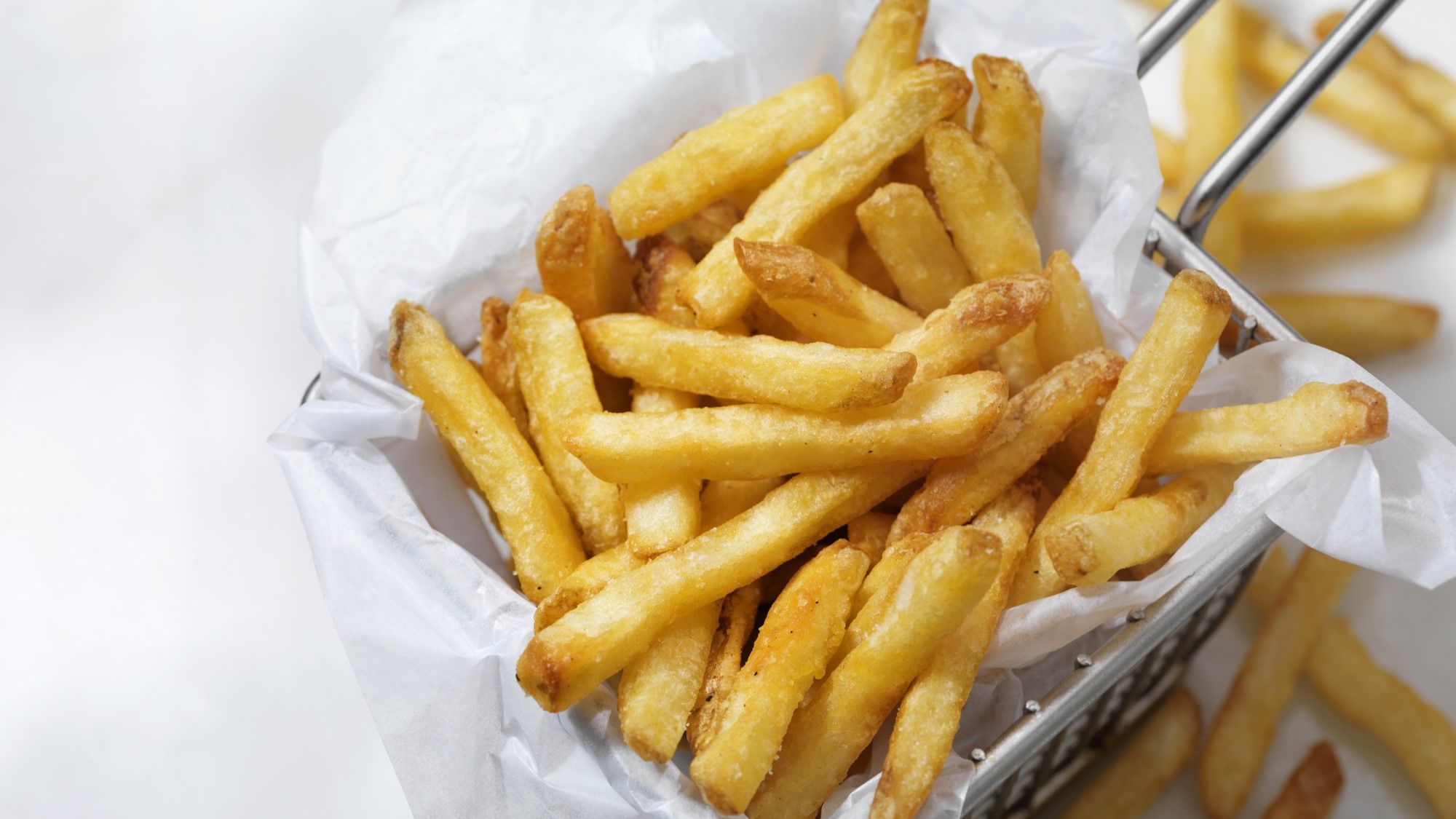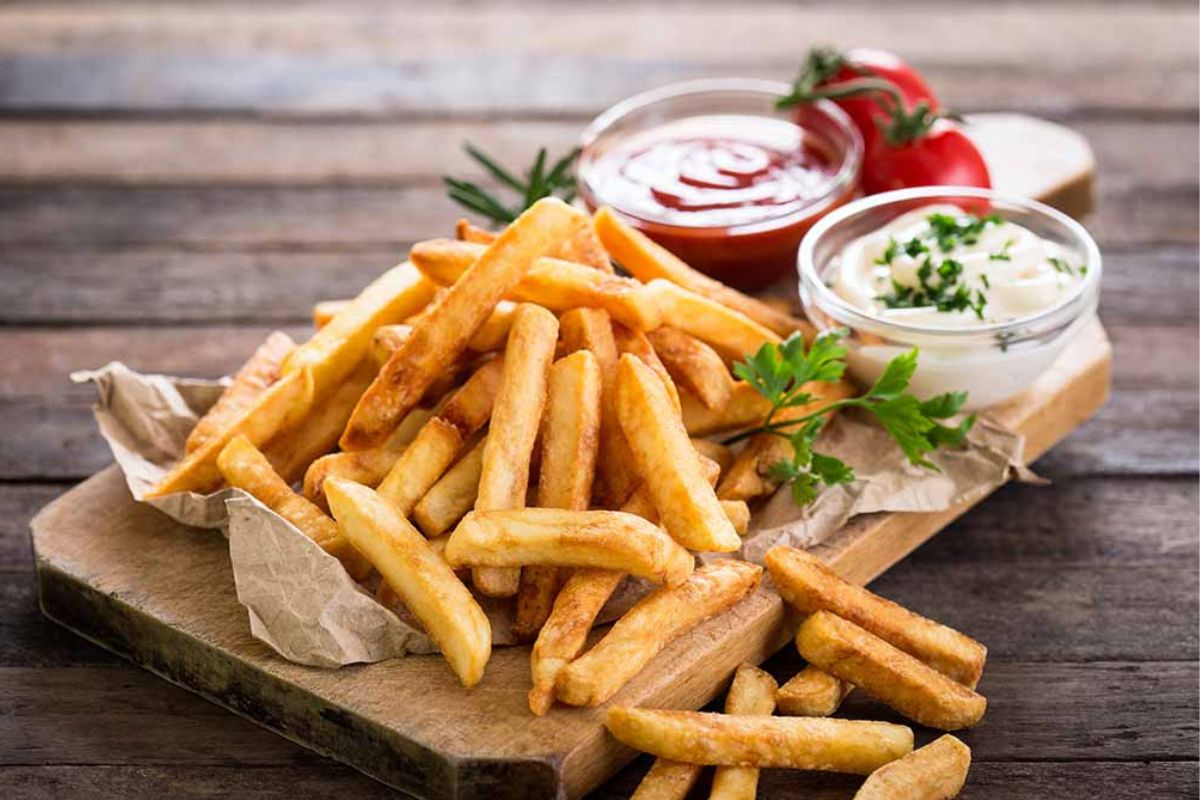From Importer to Exporter
Two decades ago, India was far from being a player in the global French fries business. In fact, the country was importing thousands of tonnes of frozen fries every year. But today, the story has flipped dramatically. India produces around 60 million tonnes of potatoes annually, second only to China, and has become a rising force in frozen potato exports. In FY25, India shipped frozen potato products worth nearly Rs 1,817 crore, a ninefold increase compared to just five years ago when exports were Rs 217 crore.

A Look Back at Mining Potatoes
The potato itself was not native to India. It was brought centuries ago by Portuguese traders and popularised by the British as a reliable famine crop. But for decades, Indian farmers mainly grew table potatoes used in households, which were unsuitable for processing and exports. Poor infrastructure and lack of proper potato varieties meant farmers often struggled to sell their produce profitably. Many even resorted to dumping crops or replanting them when markets collapsed.
The Entry of Global Giants
The game began to change when global food companies spotted opportunity. Lamb Weston started importing frozen fries for restaurants, while McCain Foods entered India in 1998 and later set up its first processing plant in Gujarat in 2007. Soon after, McCain became the exclusive supplier of fries to McDonald’s in India. This move inspired Indian firms like HyFun Foods, Iscon Balaji Foods, Funwave Foods and ChillFill Foods to enter the processing business, aiming to replicate the success of global giants.

Special Potatoes for Perfect Fries
The real breakthrough came with the introduction of special potato varieties bred specifically for fries such as Santana and Frysona. Unlike regular Indian potatoes, these varieties are oblong, yellow-fleshed, high in starch and low in sugar, giving fries the ideal crispiness and golden colour. Gujarat’s long days and mild winters proved perfect for cultivating these crops. Processing companies supported farmers through contract farming, offering assured prices, seeds, training and access to credit. This boosted farm incomes by as much as 75 percent since 2017 while ensuring consistent quality for processors.
Infrastructure and Cold Chains
Alongside better varieties, heavy investment went into cold storage and logistics networks. This allowed large scale processing and enabled India to offer fries at globally competitive prices, sometimes even undercutting China. Scientists from the Central Potato Research Institute also developed indigenous potato varieties suited for processing, ensuring fries that stayed crispier and absorbed less oil, meeting global quality standards.

Gujarat at the Centre of the Boom
Gujarat has emerged as the hub of India’s processed potato industry, contributing nearly 80 percent of the country’s exports. More and more factories have come up in the state to meet growing international demand. In February this year, India’s frozen fries exports crossed 20,000 tonnes for the first time, reflecting how far the country has come in such a short span of time.
The Road Ahead
India may still trail behind Europe’s established fry exporters like Belgium and the Netherlands, but the progress is remarkable. From being a net importer to becoming a reliable supplier to Southeast Asia and the Middle East, India’s transformation highlights how agriculture, policy, science and private enterprise can come together to create a new global success story. The day may not be far when Indian fries compete head to head with European exports on the world stage.
Stay updated on India’s agri exports, food industry trends, and market insights. Follow You Finance on Instagram and Facebook for real time updates and engaging stories.















